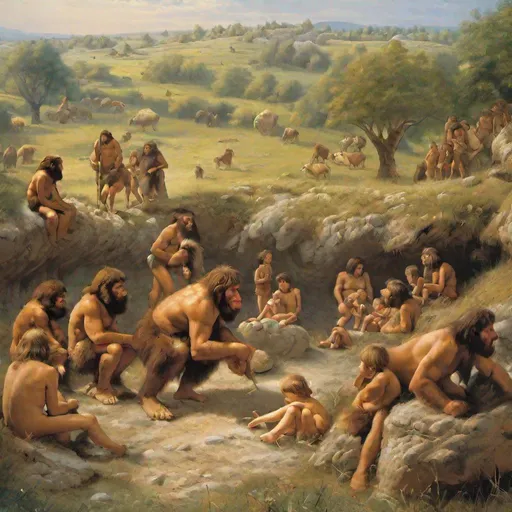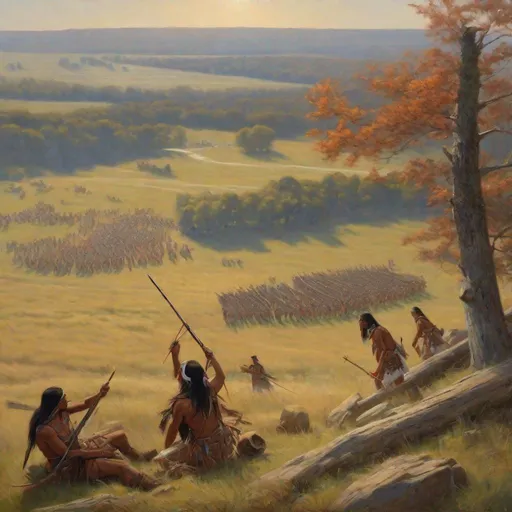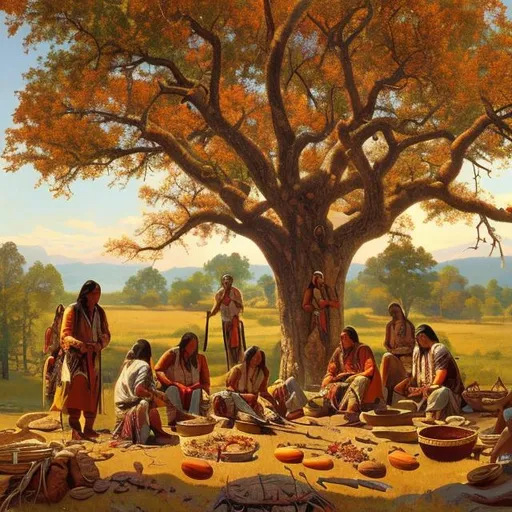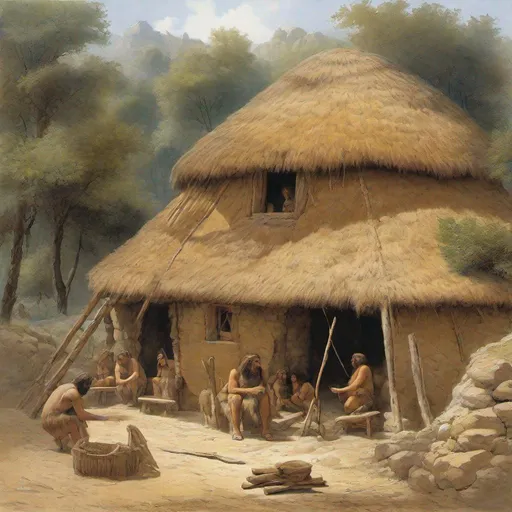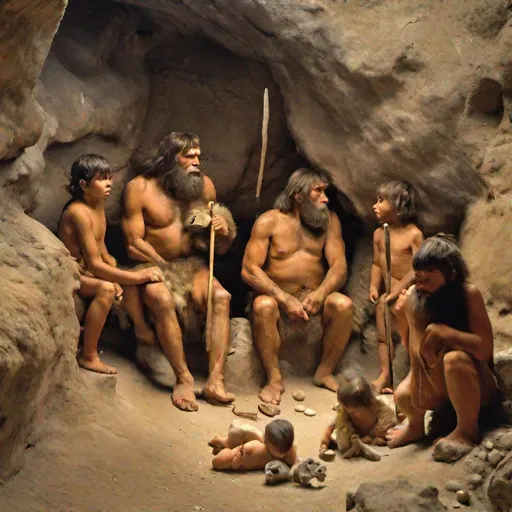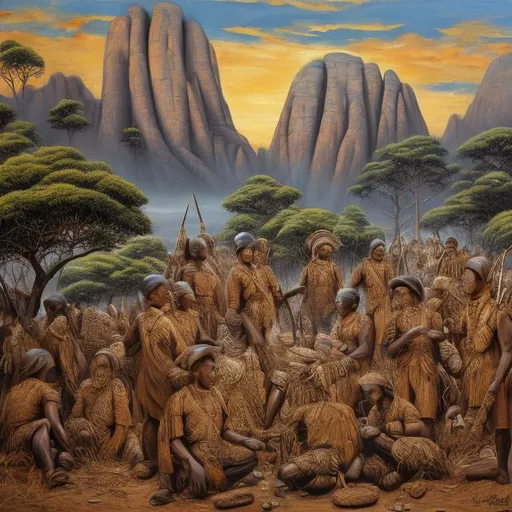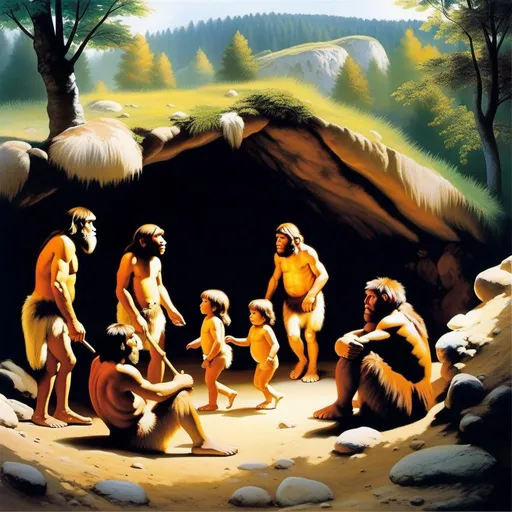godzilla
Prompt
A settlement of Neanderthals composed of men, women, and children, located in Central Europe approximately 100,000 years ago.
A settlement of Neanderthals composed of men, women, and children, located in Central Europe appr... [more]
Negative prompt
lowres, error, cropped, worst quality, low quality, jpeg artifacts, out of frame, watermark, signature, deformed, ugly, mutilated, disfigured, text, extra limbs, face cut, head cut, extra fingers, extra arms, poorly drawn face, mutation, bad proportions, cropped head, malformed limbs, mutated hands, fused fingers, long neck, illustration, painting, drawing, art, sketch
lowres, error, cropped, worst quality, low quality, jpeg artifacts, out of frame, watermark, sign... [more]
Width: 1024Height: 1024
Scale: 7Steps: 25
Sampler: Seed: 1253145548
Create your first image using OpenArt.
With over 100+ models and styles to choose from, you can create stunning images.
